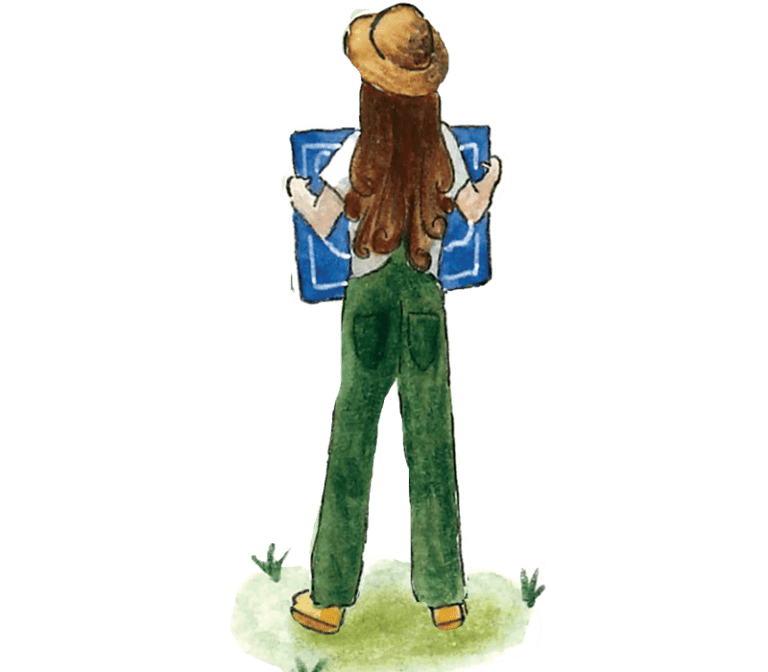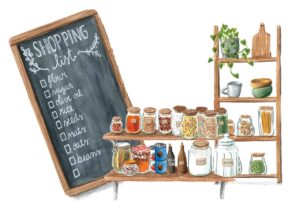Canning Tips: Essential Guide for Preserving Your Food Safely
Preserving your harvest is one of the most empowering and rewarding aspects of Greensteading. Whether you’re bottling tomatoes from your summer garden or storing your stone fruit haul for winter crumbles, canning is a powerful way to extend the life of your food, reduce waste, and build resilience.
But canning isn’t just about putting food in jars—it’s about doing so safely. When done properly, it keeps your food shelf-stable for months. When done incorrectly, it can pose serious health risks, including botulism, a rare but potentially fatal foodborne illness.
This essential guide covers the foundations of safe canning, with practical tips and trusted resources to help you preserve your food with confidence.
Safety First: Why Proper Canning Matters
Before we dive into the how-to’s, let’s be clear: this is general guidance only. Preserving food safely is a science—not just an art—and following tested methods is absolutely essential.
In Australia, home canning safety is overseen by the Food Standards Australia New Zealand (FSANZ), which enforces food safety standards under the Food Standards Code. While FSANZ doesn’t specifically address home canning in detail, it emphasizes general food safety practices that apply to home preservation. Key aspects include proper food handling, sanitation, and temperature control to prevent foodborne illness.
Here’s a more detailed breakdown:
- Food Safety Practices and General Requirements (Standard 3.2.2):
This standard outlines requirements for food businesses and food handlers to ensure food safety.
It emphasizes process control at each stage of food handling, including home canning.
Specific requirements include proper hygiene, cleaning and sanitization of equipment, and preventing contamination. - Processing Food Safely:
Food businesses (and by extension, home canners) must ensure food handlers are trained in proper processing equipment use and hygiene.
Food processing areas should be kept clean and sanitized to prevent contamination.
Separate equipment or areas should be used for raw and ready-to-eat foods, or thorough cleaning should be done between uses. - Temperature Control:
Foods should be kept cold or hot to prevent bacteria growth in the “temperature danger zone” (5-60°C).
Potentially hazardous foods must be refrigerated at 5°C or colder.
Rapid cooling of cooked foods before storage is recommended. - Botulism:
Home canning can be risky, and botulism, a serious foodborne illness, is a concern.
Home-canned vegetables are a common cause of botulism outbreaks.
Proper canning techniques, including using appropriate equipment and processing times, are crucial to prevent botulism. - Storage of Canned Foods:
Canned foods should be stored in a cool, dry place.
They should not be stored in areas with temperature extremes (e.g., above or beside the stove, under the sink, or in a damp garage).
Unopened canned foods can be stored at 21-24°C for at least 12 months, but proper storage practices are crucial to maintain quality and prevent spoilage.
In Summary:
While there’s no specific home canning standard, FSANZ’s general food safety requirements and the emphasis on temperature control and hygiene are crucial for home canners to ensure the safety of their preserved foods and prevent foodborne illnesses like botulism.
Two Main Methods of Canning
There are two main canning methods, and choosing the right one depends on acidity:
1. Water Bath Canning (for High-Acid Foods)
Perfect for acidic foods like:
- Tomatoes (with added acid)
- Pickles
- Fruit jams, chutneys, and marmalades
- Applesauce
- Most fruit syrups
Process:
Boiling jars of food in water to 100°C to destroy mould, yeast, and most bacteria.
Important: Acid must be added to borderline foods like tomatoes to make them safe.
2. Pressure Canning (for Low-Acid Foods)
Essential for:
- Vegetables (e.g., beans, carrots, pumpkin)
- Soups and stocks
- Legumes
- Meat or fish (if ever applicable)
Process:
Uses a pressure canner to reach temperatures above 115°C, which is necessary to destroy Clostridium botulinum spores.
Never use water bath canning for low-acid foods.
🧂 Canning Tips for Beginners
Here are practical, beginner-friendly tips to help you get started safely and successfully:
Start with Clean Jars (but not necessarily sterilised):
As per updated guidelines, if you’re processing jars for over 10 minutes, pre-sterilising isn’t essential. Just wash well in hot, soapy water and rinse thoroughly.
Always Use a Trusted Recipe:
Use tested canning recipes from reputable sources like Ball®, the Australian Women’s Weekly Home Preserving guide, or USDA-approved publications. Do not adjust ingredient ratios or add starches unless the recipe states it’s safe to do so.
Adjust for Altitude:
If you live in a high-altitude area, you’ll need to increase processing time or pressure to ensure food safety.
Add Acid When Needed:
Use bottled lemon juice or vinegar—not fresh lemon juice—to ensure the correct acidity when called for.
Don’t Overfill Jars:
Leave the recommended headspace (usually 0.5–2cm depending on the recipe) to ensure a safe vacuum seal and prevent overflow.
Use New Lids Every Time:
Reuse jars and bands if undamaged, but always use a new flat lid with each preserve to ensure proper sealing.
Test the Seal:
Once jars have cooled for 12–24 hours, remove the band and press the centre of the lid. If it doesn’t flex, you’ve got a good seal. Store without the band.
📦 Storing Your Preserves
Store sealed jars in a cool, dark place like a pantry or cupboard. Label everything with the date and contents, and aim to use within 12 months for best quality.
Unsealed or suspect jars? Pop them in the fridge and eat them within a few days.
🧪 Get to Know pH Levels
Understanding pH is crucial to safe canning. Here’s a rough breakdown:
- pH ≤ 4.6 = High Acid (safe for water bath canning)
- pH > 4.6 = Low Acid (requires pressure canning)
Foods like pumpkin, garlic in oil, or eggplant are not safe for water bath canning unless pickled following a tested recipe.
🌿 Greensteading and Canning: A Natural Match
Canning is a natural extension of the Greensteading philosophy—waste less, grow more, store well, and live prepared. Preserving your surplus supports both seasonal living and food self-reliance.
From wild-foraged jams to homemade pasta sauces, it’s deeply satisfying to open your pantry and see rows of bright, homegrown preserves ready to nourish you all year round.
📚 Trusted Resources
- Ball® Home Preserving (AU): www.foodpreserving.org
- National Centre for Home Food Preservation (US): nchfp.uga.edu
- Australian Institute of Food Safety: foodsafety.com.au
- State Government Resources: Check your local Department of Health or Agriculture websites
Remember: when it comes to food preservation, safety comes first.
Always follow reliable sources, do your own research, and if in doubt—don’t risk it.
Want more Greensteading tips?
Explore our pantry prep section for ideas on drying herbs, stocking your larder, and making the most of every harvest—without waste or overwhelm.



